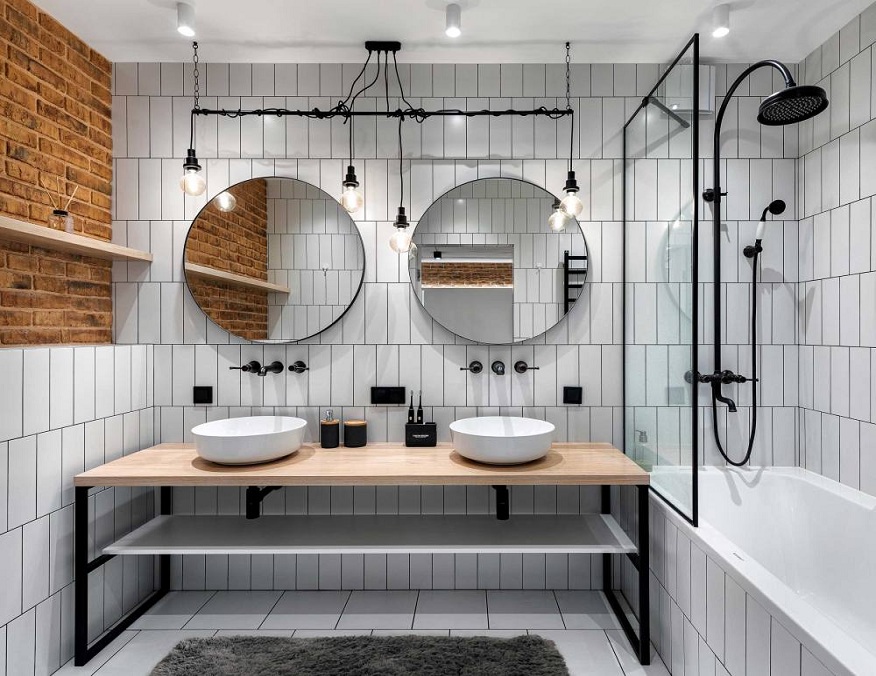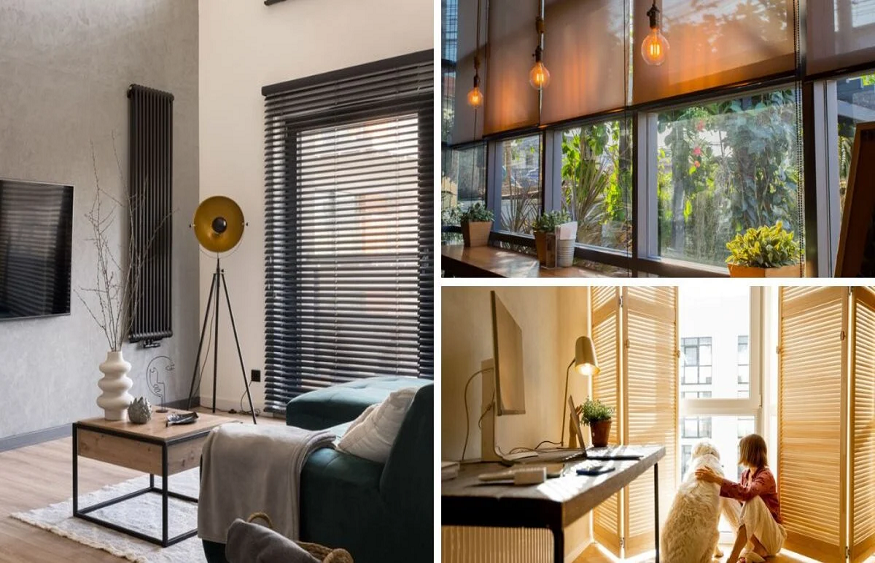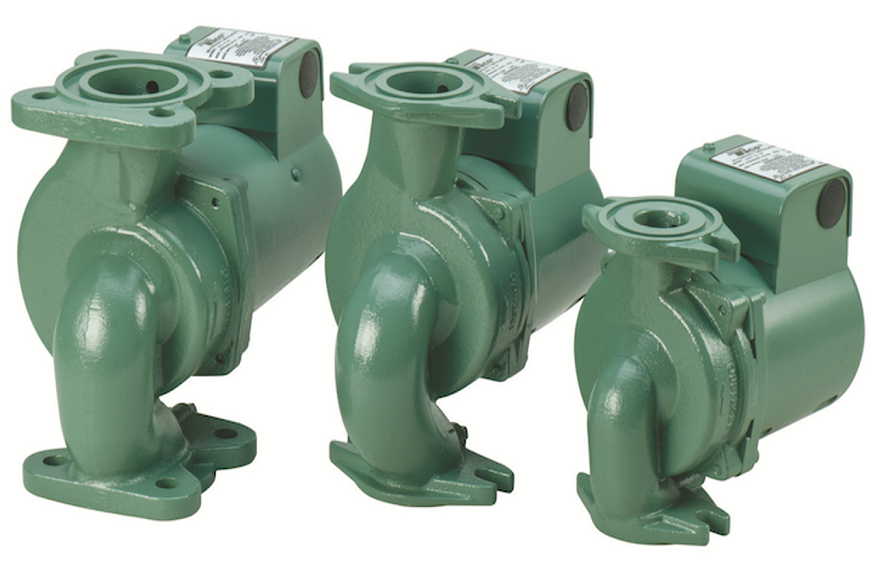A tiled shower adds beauty, increases durability and adds value to your home. Follow these steps to tile your shower all by yourself. This article covers just a few of the steps needed to properly prepare a waterproof shower. If you are tiling a shower for the first time, consult a building professional before starting work.
Prepare the shower for tiling
Strip the walls of the shower cubicle. You may need to remove the shower pan and ceiling. If you are lucky enough to install a new shower tray, try inserting a gasket or plastic under the new tray to insulate the wood against moisture and prevent rot.
Choose a vapor barrier and install it according to the manufacturer’s instructions. If you don’t install a vapor barrier, moisture can seep into the walls through the tile, eventually causing mold. Contrary to popular idea, tiling and grouting can allow water vapor to pass into the underlying space.
When installing a vapor barrier on an exterior wall, it may be useful to seal it to the bottom of the shower pan, but not the full height of the joint. With improperly installed insulation or in cold climates, condensation that forms behind the vapor barrier can cause the underlying elements to rot. In order to avoid this inconvenience, it is advisable to provide a space between the vapor barrier and its support for ventilation.
Wedi building panels are an option, which some consider to be more advantageous than cement panels. If you choose a Kerdi membrane barrier, you will be able to install conventional drywall.
Install a sturdy, asbestos-free fiber cement backer board. Cement panels are installed in the same manner as drywall Cut the panel to the desired dimensions to fit, then secure it with dowels. Leave a 3mm gap between the panels, as well as a very small gap between the shower tray and the bottom of the backer board, to prevent chafing.
If you are using moldings near the ceiling, install 30 to 45 centimeter plasterboard instead of cement panels. The nails used to fasten the moldings should not go through the backerboard, you will need to use moisture resistant plasterboard or drywall to hold the nails and fasten the moldings.
Use patching compound to even out the seam between the backer board and the wall plate. If there is a gap between the panel and the plate, fill it with plaster and level to obtain a continuous joint.
Apply primer to plastered areas before tiling. Patch the seams to take up any gaps, then apply a high quality exterior primer to the coated portions of the backer board and wall plate. You won’t get a good bond if you apply mortar directly over the filler.
Mark the tile layout on the backing and outline your first row carefully. If your shower stall walls are not perfectly square or if you plan to install decorative tiles, their layout becomes very important. Measure from the bottom of the backer board the height of one tile minus approximately 1 cm. This will give you 1cm of overlap over the edge of your shower pan. Mark this with a marker and a level, transfer the mark along the shower stall. This will be a guide, which will help you lay all the tiles of the first row at the same level.
Another way to prepare for laying the first row of tiles is to measure the top edge and base of the shower pan. Place an entire tile so that its base matches that of the shower tray, mark the height by drawing a line, then reduce the height of the tiles to be laid above the tray to the line, by cutting them.
Keep interior joint lines away from the corners of the enclosure, to avoid setting tiny tiles and ending up with poorly made joints. Make your arrangements accordingly.
Mix enough mortar for the bottom row. It should have the consistency of a layer of butter, the layer should not be too thick, otherwise the mortar will dry out, nor too thin, otherwise you will have difficulty in laying and cleaning.
Use an electric drill and a mixer to mix your mortar. This will allow you to have a homogeneous mixture and ultimately a better product.
Dampen the cement board with a sponge. If you don’t, the slab will absorb the moisture from the mortar too quickly, with the risk of weakening the whole, which will tend to crack.
Apply a little mortar using a trowel and spread it with a notched trowel. We say that we “butter” the back of the tile. This method is more convenient than applying the mortar directly to the backer board, then laying the tile over it. It’s also cleaner.
Be careful not to apply too much mortar to the back of the tiles. It is better to apply a thin layer. A thick coat is not necessarily more effective when it comes to mortar.
Lay the first tile in the middle of the wall or floor. This will create a pleasing visual effect and will center adjacent tiles. Apply cement glue to the back of the tile, then press the tile onto the backing panel and apply sufficient pressure to firmly adhere the mortar to both the tile and the panel.
After laying the tile on the backing board, wipe off any excess thinset. Of course, you will have to work the joints, but it is preferable not to let mortar seep on the sides of the tile. Simply wipe away excess cement glue with your finger or a cotton swab.
Use small wedges or spacers, to leave a small space between the bottom of the tiles and the edge of the shower pan. You can make makeshift wedges out of small pieces of cardboard. After laying the mortar, you can remove these wedges and seal the joints between the edge of the tray and the bottom of the tiles.





